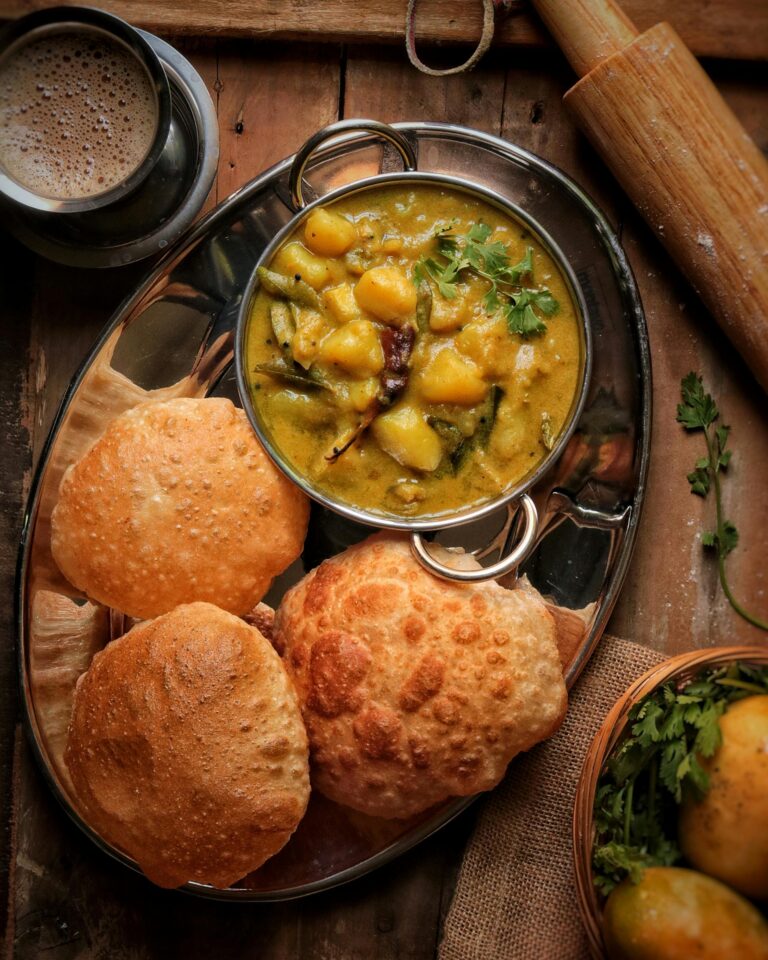From Frying to Fresh: How Cooking Methods Can Impact Cancer Risk (And What to Do Instead)

from frying to fresh food to prevent cancer
We all love the sizzle of a grill or the crispy crunch of fried dishes, but did you know that high-heat cooking methods can create dangerous compounds from seemingly harmless food? These compounds can, in turn, increase your risk of cancer. The good news? Small modifications in how you cook can drastically minimize risks while making meals delicious.
The Science Behind High-Heat Cooking and Carcinogens
Cooking with high heat, such as grilling, frying, and charring, can release toxic carcinogens. Extremely hot or cold-cooked meats produce polycyclic aromatic hydrocarbons (PAHs) and heterocyclic amines (HCAs), whereas frying or baking starchy meals like chips and fries produce acrylamide. Over time, these substances may harm DNA, increasing the risk of cancer. Simple adjustments to cooking methods, such as marinating meats, using lower temperatures, or choosing to bake and steam instead, can greatly minimize exposure while maintaining the safety and flavor of food.
Healthier Alternatives
Making the switch to softer cooking techniques can reduce the risk of cancer while maintaining the nutritional value and flavor of food. Vitamins in vegetables, fish, and eggs are preserved by steaming and poaching without producing toxic chemicals. Acrylamide in starchy foods is reduced by baking and roasting at temperatures lower than 375°F (190°C); only use parchment paper to avoid charring. When sautéing, use olive oil (which has a high smoke point) over medium heat and, to prevent burning, add a little water or broth. With these easy adjustments, you may still enjoy tasty, safer meals without compromising on texture or flavor.
Smart Kitchen Swaps
Upgrade your kitchen with more intelligent appliances to reduce the risk of cancer without sacrificing taste. By using less oil and lower temperatures, air fryers produce crispy textures while lowering the development of dangerous compounds. Use ceramic or titanium cookware instead of conventional non-stick pans because they offer even, non-toxic heating without emitting harmful emissions. Meal planning is essential for hectic days; prepare grains and vegetables in bulk to save time and prevent hurried, high-heat frying. Healthy eating doesn't have to sacrifice convenience or flavor, thanks to these easy substitutions that make cooking safer while maintaining tasty and convenient meals.
Balance, Not Elimination
Balance is key to a healthy diet, not starvation. Choosing leaner cuts of meat to minimize fat drips (and cancer-linked PAHs), cooking for shorter periods and flipping frequently to minimize charring, and including more plant-based proteins like beans, lentils, and tofu, which naturally produce fewer harmful compounds, will allow you to still enjoy your favorite grilled foods. These thoughtful adjustments greatly reduce health hazards while allowing you to enjoy the flavors you love. After all, the objective is to make durable, well-informed changes for lifelong well-being without compromising enjoyment, not to eradicate.
Modest changes to cooking techniques can have a significant impact on long-term health. You can enjoy tasty meals while lowering your chance of developing cancer by selecting smarter cooking methods and safer equipment.












